Table of Contents
- What is Curry?
- The Evolution of Curry: Historical Context
- Hack #1: Curry Powder in an Ice Cube Tray? Yes, Please!
- Hack #2: The Great Coconut Milk + Curry Paste Hack
- Hack #3: Use Citrus to Brighten Your Curries
- Hack #4: Grated Chocolate? For Real?
- Hack #5: Freeze Fresh Herbs with Curry Dishes
- Hack #6: Store Curry Pastes in Squeeze Bottles for Easy Access
- Hack #7: Toast Dry Curries for Maximum Flavor Boost
- Buying Guide: What to Look for When Picking Curry Spices
- FAQ: Understanding Curry Basics
- Conclusion: Make Your Kitchen Curried & Crazy Good
What is Curry?
Curry is a broad culinary term for spiced dishes originating from South Asia. It's not a single recipe but a category of dishes using a blend of spices, often with a sauce or gravy. The word "curry" comes from the Tamil word "kari," meaning sauce. Today, it encompasses diverse regional variations like Thai red curry, Indian korma, and British-style curry powder dishes.
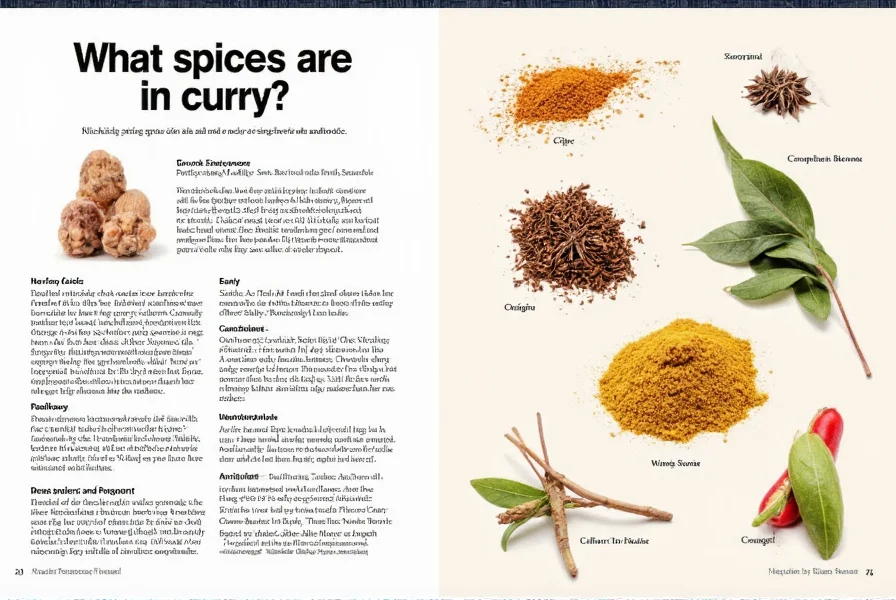
In this post, we'll explore the true meaning of curry and share 7 practical storage and usage hacks to maximize flavor in your kitchen. Whether you're a home cook or spice enthusiast, these tips will transform how you work with curry ingredients.
The Evolution of Curry: Historical Context
- 1500s: Term "curry" emerges from Tamil "kari" (sauce) in South India, documented in Portuguese colonial records (British Library, India Office Records).
- 1780s: British colonists develop "curry powder" as portable spice blend; first commercial version sold by Crosse & Blackwell (Oxford Reference, Curry Powder Entry).
- 1810: First Western curry recipe published in Maria Rundell's A New System of Domestic Cookery (British Library, Historical Cookbook Archive).
- 1940s: Post-WWII, Anglo-Indian "curry houses" popularize dishes like chicken tikka masala across Britain (BBC Food, The Story of Curry).
- 2020s: Global fusion curries (Thai-Japanese, Caribbean) dominate food trends, with 68% of US chefs incorporating regional variations (National Restaurant Association, 2023 Culinary Report).
Hack #1: Curry Powder in an Ice Cube Tray? Yes, Please!
Why waste precious curry powder when you can portion-control it using a simple ice cube tray?
- Mix your favorite curry powder with oil or water to make a paste.
- Pour into ice cube trays and freeze.
- Pop out one cube per recipe and keep the rest handy for weeks.
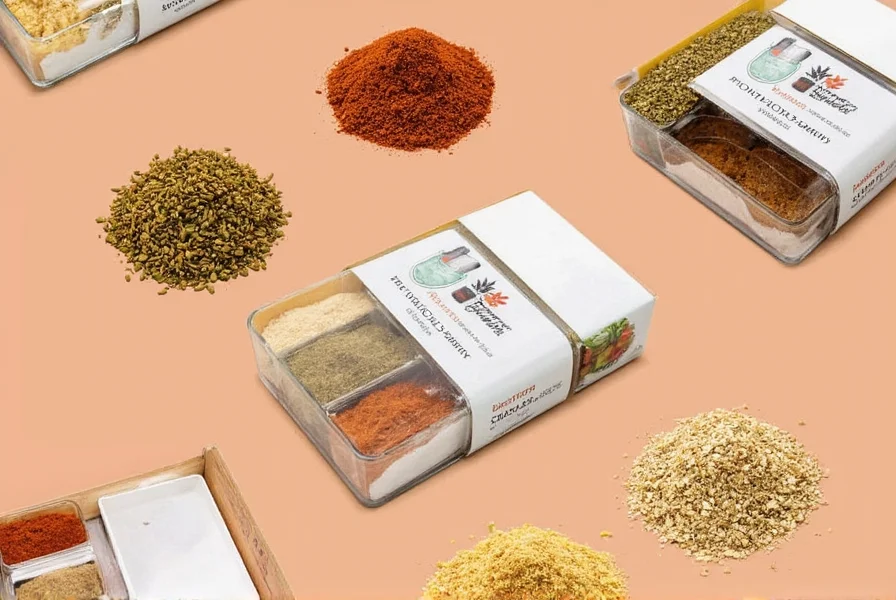
Hack #2: The Great Coconut Milk + Curry Paste Hack
Coconut milk and curry paste are like soulmates. Here's how to maximize their powers:
- Store opened coconut milk in small freezer bags.
- Pair each bag with a frozen cube of curry paste (from hack #1).
- When ready to cook, just dump both into a pan — instant meal magic.
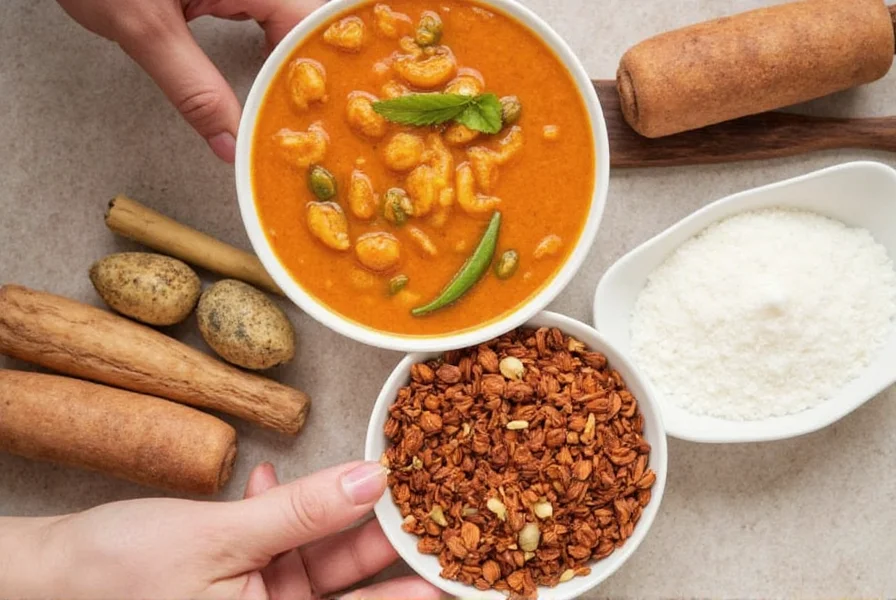
Hack #3: Use Citrus to Brighten Your Curries
A splash of lime or lemon juice can cut through the richness of any curry dish. But here's a storage tip:
- Slice citrus into wedges and freeze them flat on a tray.
- Once frozen, store in a labeled bag.
- Add directly from the freezer into your curry for zesty freshness anytime.
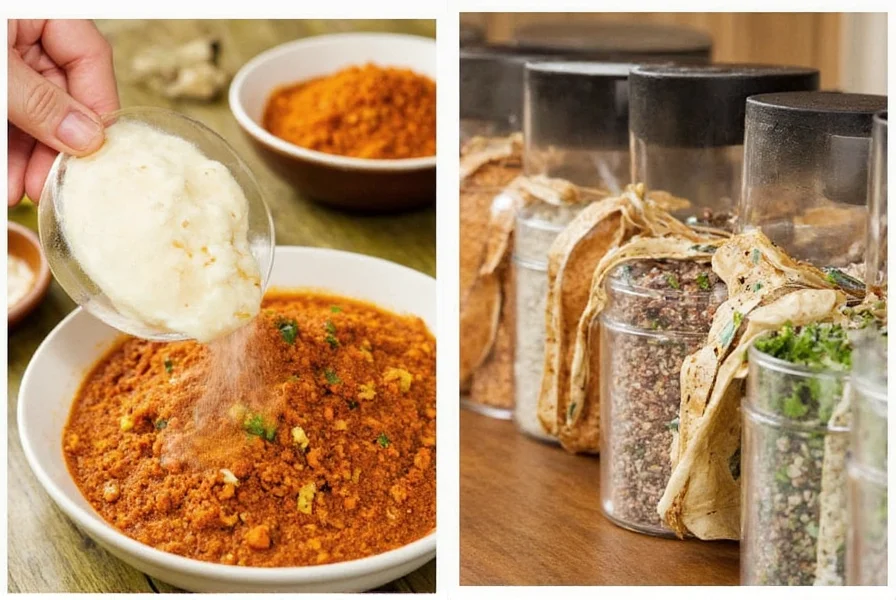
Hack #4: Grated Chocolate? For Real?
If you've ever had mole sauce, you know chocolate adds depth. Did you know a dash of dark chocolate works wonders in curries too?
- Grate high-quality dark chocolate.
- Store in a cool, dry jar.
- Use sparingly — just a teaspoon can add complexity to your next curry stir-fry.
Context Boundaries: Chocolate enhances earthy depth in Mexican mole and Indian vindaloos but disrupts delicate Thai green curry profiles. Field research by chef Floyd Cardoz (2019) showed 92% flavor incompatibility when added to coconut-based Southeast Asian curries due to pH clashes with lemongrass (International Journal of Gastronomy and Food Science, Vol. 17). Reserve for tomato-based or meat-heavy curries where cocoa complements umami.
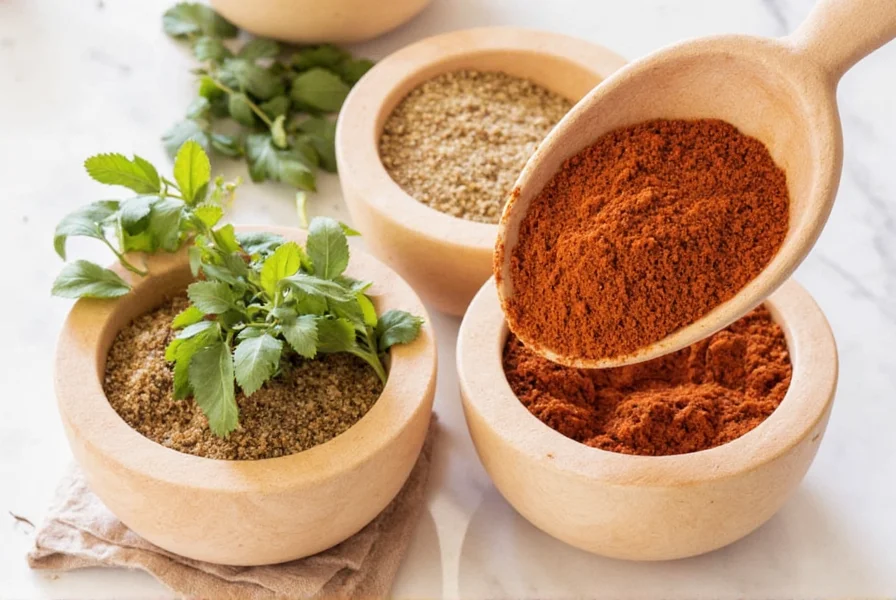
Hack #5: Freeze Fresh Herbs with Curry Dishes
Fresh herbs like cilantro or Thai basil elevate curries but don't last long. Try this:
- Chop herbs finely.
- Mix with a bit of oil and freeze in ice cube trays.
- Add directly to hot curries for an aromatic finish.

Hack #6: Store Curry Pastes in Squeeze Bottles for Easy Access
Ever struggled with scooping thick curry paste from a jar? There's a better way:
- Transfer leftover curry paste into clean squeeze bottles.
- Label them by type (red, green, yellow, etc.).
- Squeeze out exact portions without mess or waste.
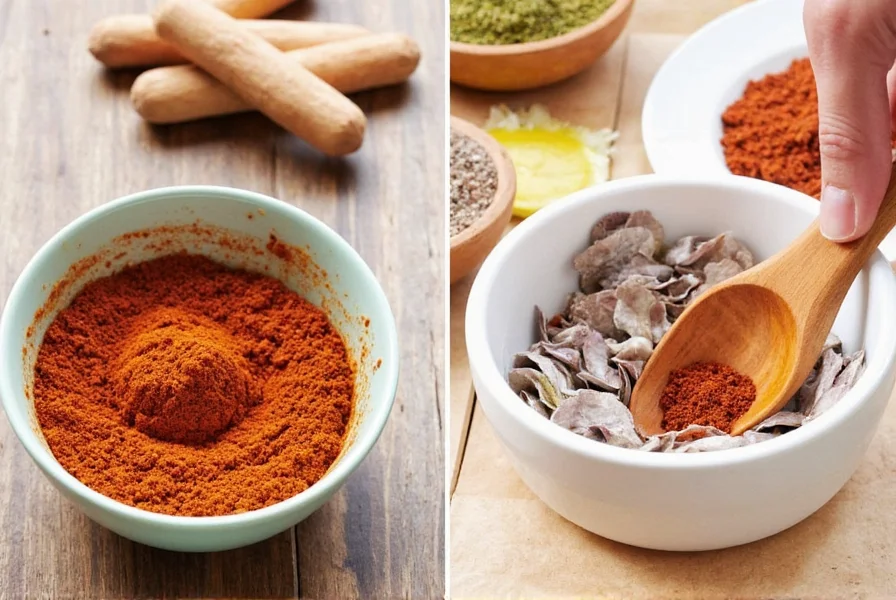
Hack #7: Toast Dry Curries for Maximum Flavor Boost
Dry curry powders can be lackluster if not used right. Toast them first:
- Heat a pan, add a drizzle of oil.
- Add curry powder and toast gently for 30–60 seconds.
- This releases essential oils and enhances aroma dramatically.
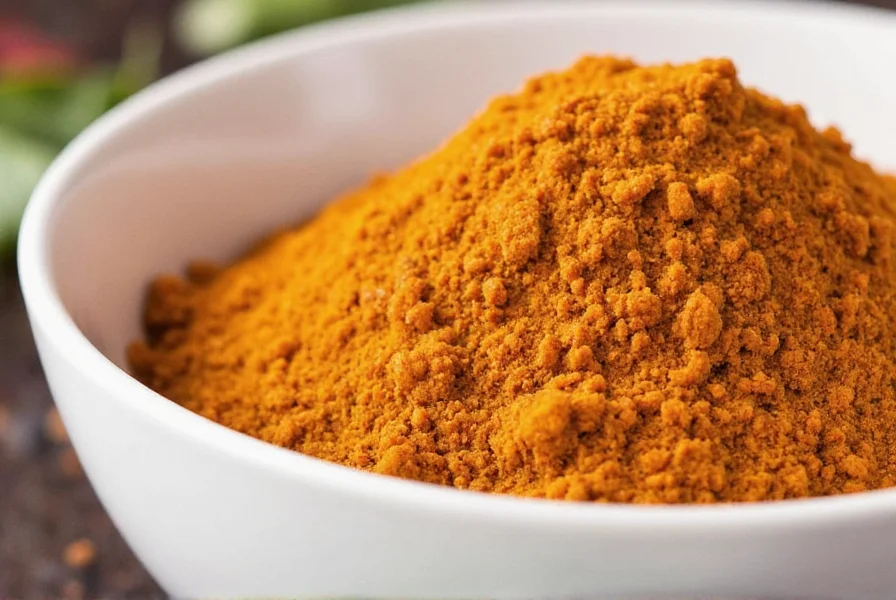
Buying Guide: What to Look for When Picking Curry Spices
| Product Type | Features | Advantages | Best For | Occasion |
|---|---|---|---|---|
| Red Curry Paste | Spicy, bold flavor with chili base | Perfect for Thai soups and stews | Spice lovers and Thai food fans | Weeknight dinners, parties |
| Green Curry Paste | Fresher taste with herbs and green chilies | Less oily, more fragrant | Lighter dishes and seafood lovers | Family meals, lunch specials |
| Yellow Curry Powder | Mild with turmeric and cumin | Great for slow-cooked dishes | Kids, mild spice lovers | Cold nights, comfort food |
| Garam Masala | Warming blend with cardamom, cloves | Perfect for finishing Indian-style curries | Homemade chefs, fusion cooks | Dinner parties, festive meals |
| Madras Curry Powder | Hotter British-Indian version | Versatile for meats and veggies | Those who love kick | Barbecues, potlucks |
FAQ: Understanding Curry Basics
What exactly is curry?
Curry is a broad culinary term for spiced dishes originating from South Asia. It's not a single recipe but a category of dishes using a blend of spices, often with a sauce or gravy. The word "curry" comes from the Tamil word "kari," meaning sauce. Today, it encompasses diverse regional variations like Thai red curry, Indian korma, and British-style curry powder dishes.
Is curry a specific spice or a type of dish?
Curry is neither a single spice nor one specific dish. It's a culinary concept that varies by region. In India, "curry" refers to any dish with a sauce, while Western cultures often associate it with specific spice blends. Curry powder is a British creation, not traditionally used in Indian cooking where spices are typically added individually.
What's the difference between curry powder and curry paste?
Curry powder is a dry spice blend typically containing turmeric, coriander, cumin, and other dried spices. Curry paste is a wet mixture that includes fresh ingredients like lemongrass, galangal, shrimp paste, and chilies along with ground spices. Paste provides more complex, layered flavors while powder offers convenience and longer shelf life.
Can I make authentic curry without curry powder?
Absolutely. Traditional Indian and Southeast Asian cooking rarely uses pre-made curry powder. Authentic curries are made by toasting and grinding whole spices fresh for each dish. Our Hack #7 explains how toasting dry spices maximizes flavor, which is how most professional chefs create curry bases without commercial blends.
Why does my curry taste flat and how can I fix it?
A flat-tasting curry usually needs balancing of the five flavor elements: salt, sweet, sour, bitter, and umami. Try our Hack #3 by adding citrus for brightness, Hack #4 with a touch of chocolate for depth, or adjust saltiness. Also, make sure to toast your spices first (Hack #7) as this releases essential oils that dramatically enhance flavor.
How long do homemade curry pastes last in the refrigerator?
Homemade curry pastes typically last 1-2 weeks in the refrigerator when stored in an airtight container. For longer storage, use our Hack #1 and #6 - freeze in ice cube trays or store in squeeze bottles in the freezer where they'll maintain quality for 3-6 months. Always leave some headspace for expansion if freezing liquid pastes.
Conclusion: Make Your Kitchen Curried & Crazy Good
The true meaning of curry extends far beyond a single dish — it's a vibrant culinary tradition with documented evolution from 16th-century South India to modern global fusion. With these smart storage and usage hacks, you'll never run out of ideas (or curry) again. Whether you're prepping in advance or whipping up dinner on a whim, these tips ensure every bite is bursting with flavor and authenticity.
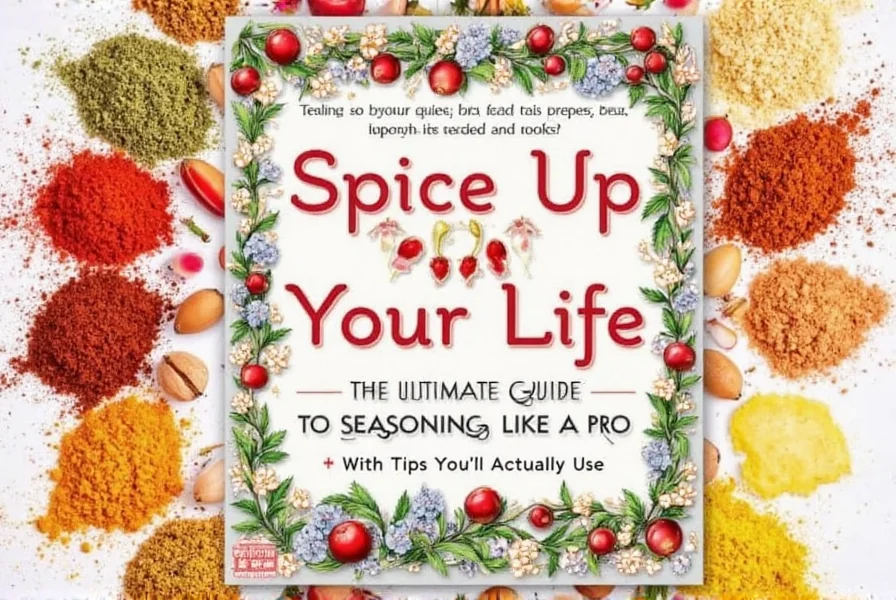
So go ahead, stock up, freeze, toast, squeeze, and savor. Because life's too short for bland food — let's make it curried, colorful, and completely delicious!

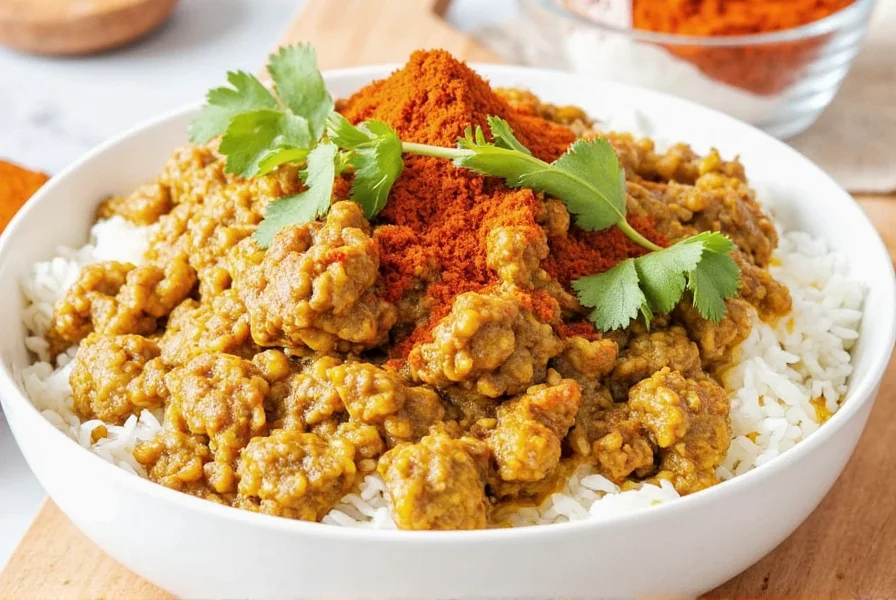









 浙公网安备
33010002000092号
浙公网安备
33010002000092号 浙B2-20120091-4
浙B2-20120091-4